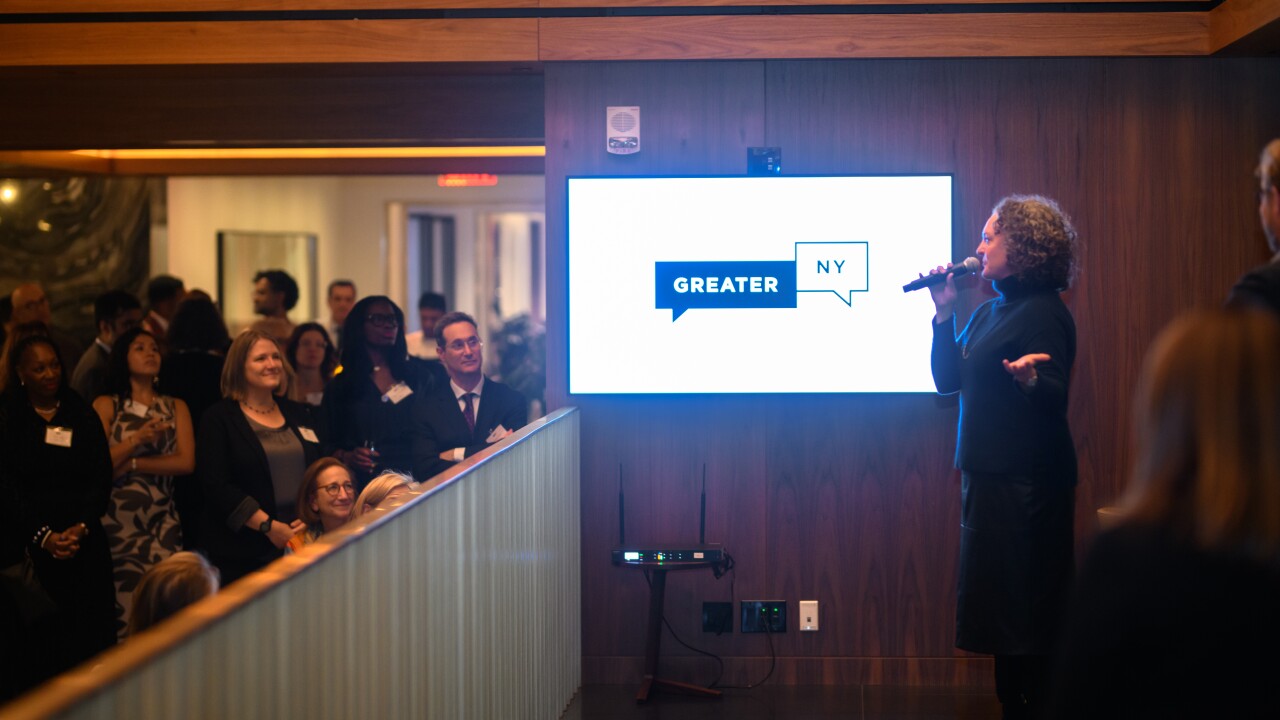New MasterCard Worldwide tiered-interchange rates that affect domestic ATM cash withdrawals will seriously cripple and possibly destroy the nation’s ATM independent sales organizations, charge executives and board members who represent many of the companies.
“MasterCard, which owns the Cirrus network, recently announced that in April of this year it was going to arbitrarily retain a large portion of the interchange previously shared with the ATM ISOs,” Darryl Ware, a board member of the National Association of ATM ISOs and Operators, wrote in the organization’s recent newsletter. “MasterCard’s strategy is to buy exclusive relationships with large banks, which, if successful, would erode smaller, regional EFT networks, resulting in the demise of the retail ATM industry.”
In an e-mail to PaymentsSource, a MasterCard spokesperson said the company as of April 1 revised its ATM interchange rate structure for cash disbursements, adding two rate tiers to an existing one. The spokesperson did not detail the new rate tiers but noted the card company frequently adjusts it interchange rates to encourage widespread issuance and acceptance of MasterCard products.
“The logic of this move is to get all of the other network logos off the consumers’ cards so consumers only have Cirrus network available to them,” Ware writes.
MasterCard’s interchange-rate tiers include base, tier 1 and tier 2, says Sam M. Ditzion, CEO of Tremont Capital Group, a Boston-based business-consulting firm for the ATM Industry Association, a trade organization for ATM ISOs and bank-owned ATM owners and operators.
Base tier banks are MasterCard’s smallest card issuers based on quarterly transaction volume, and tier 1 banks are MasterCard’s largest card issuers. Tier 2 banks are somewhere in between. Specific transaction criteria were not immediately available.
MasterCard’s new tiered system reduces the gross interchange MasterCard’s tier 1 card issuers pay ATM ISOs and bank-owned ATM operators to 35 cents from 50 cents per domestic cash withdrawal routed over Cirrus, Ditzion says. Base tier issuers continue to pay a gross interchange rate of 50 cents per domestic cash withdrawal, and Tier 2 card issuers now pay a gross interchange rate of 45 cents per domestic cash withdrawal, down from 50 cents, Ditzion says.
“MasterCard’s largest issuers will experience significant savings in their interchange fees,” Ditzion says.
But it is a different story for ATM ISOs, Ditzion says. “The equally notable impact for bank and nonbank [ATM] operators will stem from significant reduction in net interchange due to MasterCard’s increased ATM program support fee,” he says. MasterCard increased that fee, keeping 18 cents per transaction, up from 5 cents, effective April 16.
Tremont Capital Group conservatively projects ATM ISOs would experience an interchange-income reduction of $19.7 million annually and as much as $25.6 million annually under a more aggressive scenario. Tremont recently surveyed 25 ISOs, representing nearly 137,000 ATMs nationwide. Together they handle an estimated 124.2 million Cirrus domestic cash withdrawals annually.
Nearly 1,000 ATM ISOs operate in the U.S., according to a 2009 Visa Inc. survey. With surcharge-fee deregulation, ISOs in 1996 created the off-premise ATM industry by deploying machines in restaurants, stores, movie theaters and other retail locations. ATM ISOs own or manage approximately 240,000 ATMs nationwide.
Bryan C. Bauer, president of Kahuna ATM Solutions, an ATM ISO based in Bloomington, Ill., and a member of the National Association of ATM ISOs and Operators board, believes MasterCard has betrayed the ISO industry. “We have had face-to-face meetings with MasterCard, and the company never mentioned the tiered interchange system,” he says. Kahuna owns and operates 9,000 ATMs.
Some ISO executives discussed boycotting Cirrus because of the tiered system, Bauer says. However, many early boycott advocates have stopped talking about their next move, observers say, noting not enough ISOs would join a boycott because it would sharply reduce their revenue.
However, Mike Lee, ATM Industry Association CEO, wants to keep both MasterCard and ATM ISOs talking, and the association plans to facilitate negotiations.
“ISOs have built up an enormous off-premise ATM infrastructure in the United States and deserve a real voice here,” Lee said in a statement. “We are keen to facilitate fruitful and intelligent industry discussions across the ATM value chain to enable positive decision making.”





